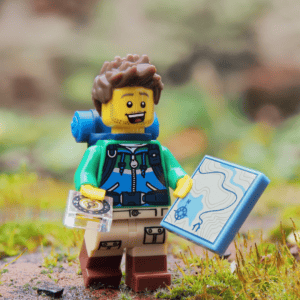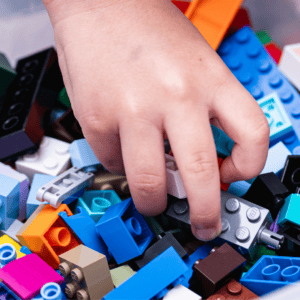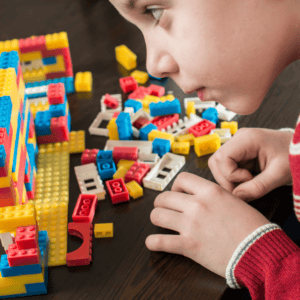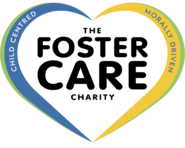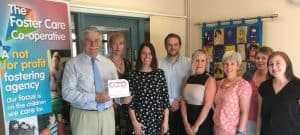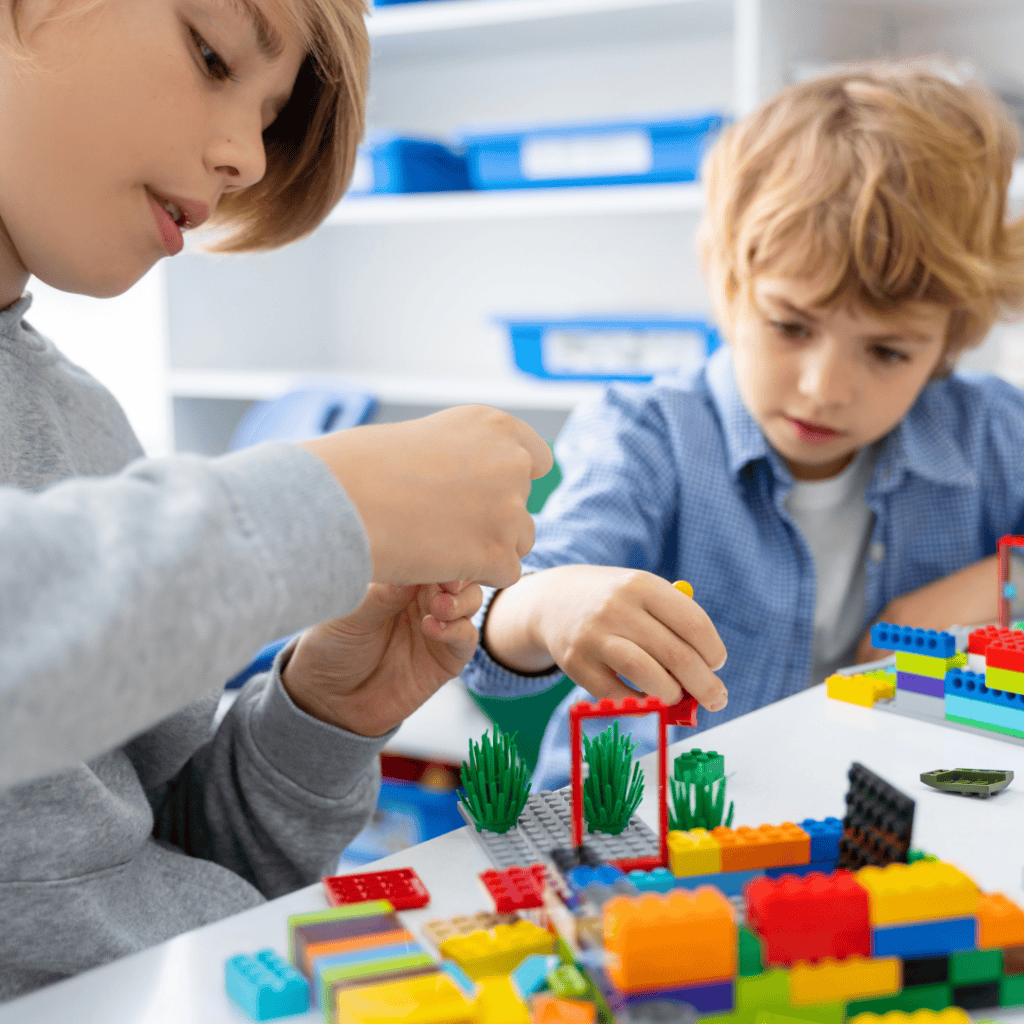
Lego Based Therapy is a collaborative, play therapy/social developmental programme designed to aid, teach and promote social communication and social competence in a range of children and young people. It’s highly structured, systematic and predictable, making it extremely enticing to children and young people, particularly those who are attracted by routine and structure.
Therapy sessions are run on a Lego club structure and usually last around 30 minutes.
Who can benefit from Lego Based Therapy?
This type of play therapy can benefit children and young people with autism or social communication difficulties, ADHD or attentional difficulties. You can also use it to help children with SEMH needs and social learning difficulties including anxiety, trauma, attachment, sensory, social adjustment.
Who developed it?
Lego Based Therapy was developed by Dr Dan Legoff over 2 decades ago, when he was working with two separate children who used Lego as a discussion tool. It is a tool that you can generalised and so it offers an effective, fun approach. The task of Lego building is divided up into different interdependent roles, interaction through both verbal and non-verbal communication is necessitated by the participation in the activity.
Why choose this type of therapy?
You will find that it can be generalized to outside situations. Lego Based Therapy is structured, and repetitive in nature. Through the play you open up discussion. During sessions you look at behaviour and the way it is communicated – what is the young person trying to tell you.
In Lego Based Therapy you use modes & task ideas as well as collaborative working. Task ideas such as what children can build, how you can assess their development, and how they use each other for learning.
What are Lego Club Roles?
Key roles are The builder, The Engineer, The Parts Supplier, The Director. From these roles, you can help young people develop valuable skills such as listening, receptive language, expressive language, problem solving, confidence and resilience, peer interaction, turn taking, team work and leadership.
The Lego Club structure is usually around a 30 minute session. A typical club session offers 10 minutes slots where you set up groups of 3 people work on a different role. You then have an adult checking in every 5-10 minutes to see how the play/build is progressing and who then offers a debrief and reward (feedback/certificate). A freestyle element can also be incorporated. You’ll find that many schools now offer Lego club/brick club activities.
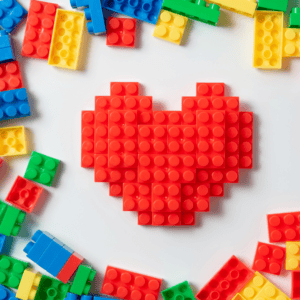
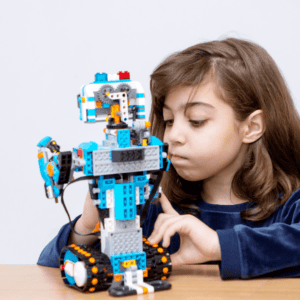
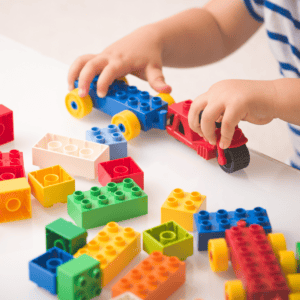
Recommended Reading: Lego Based Therapy by Simon Baron-Cohen et al
Find out more?
Want to know more about Lego Based Therapy in the UK? Contact Keith Houghton: legobasedtherapy@hotmail.com
Twitter/X: @Lego_based
Instagram: @Lego_Based_Therapy
